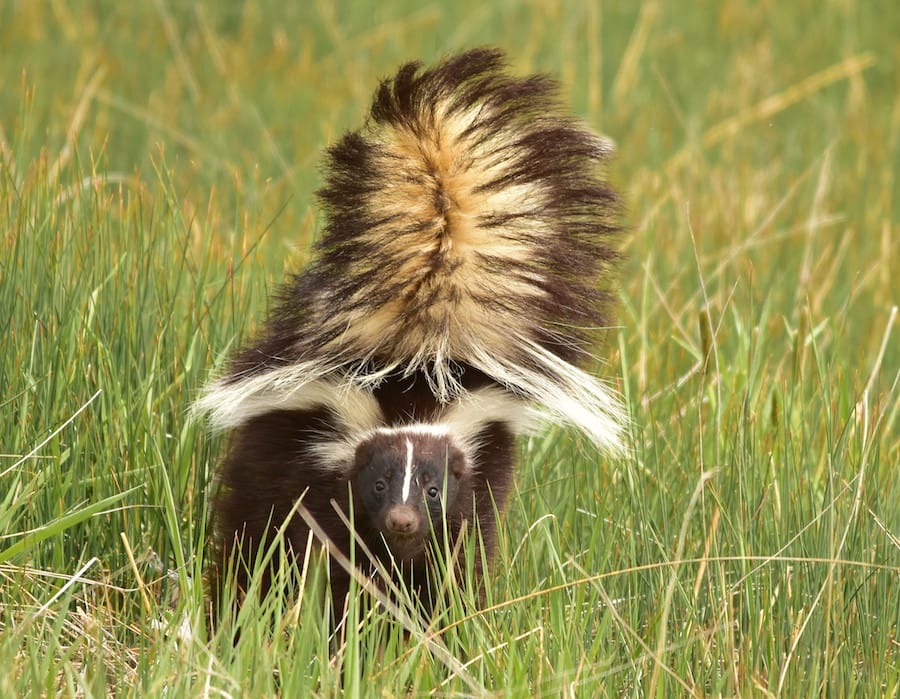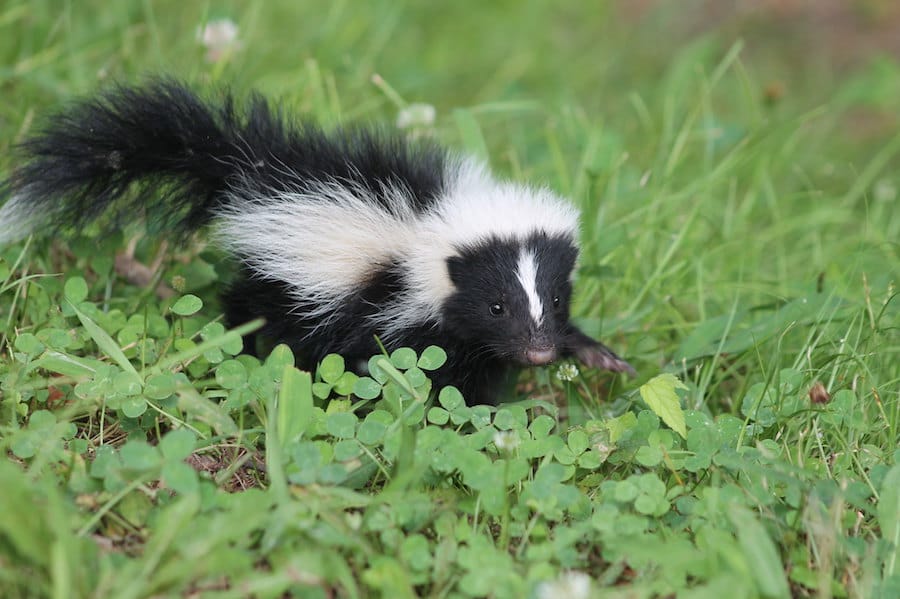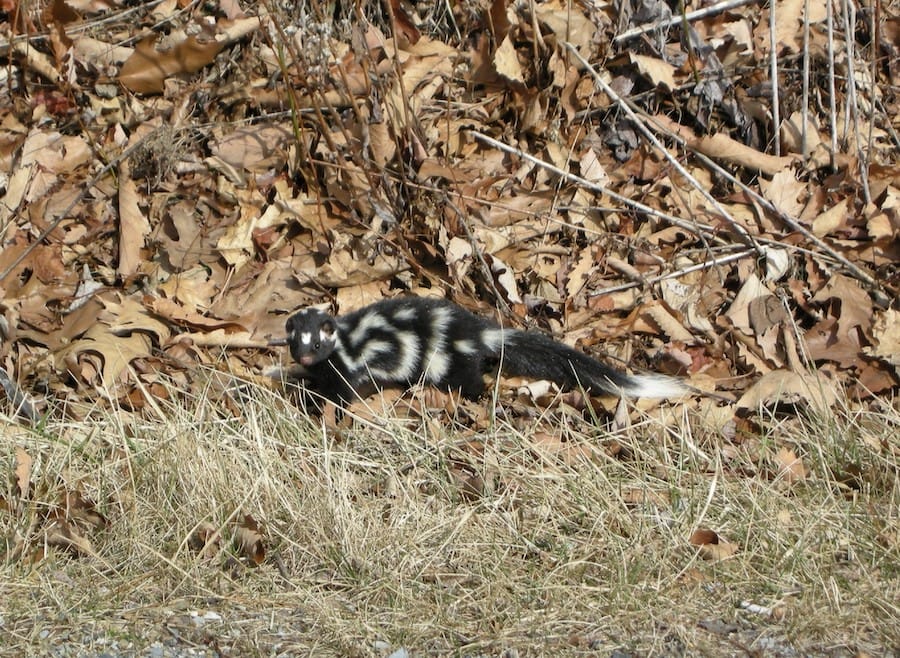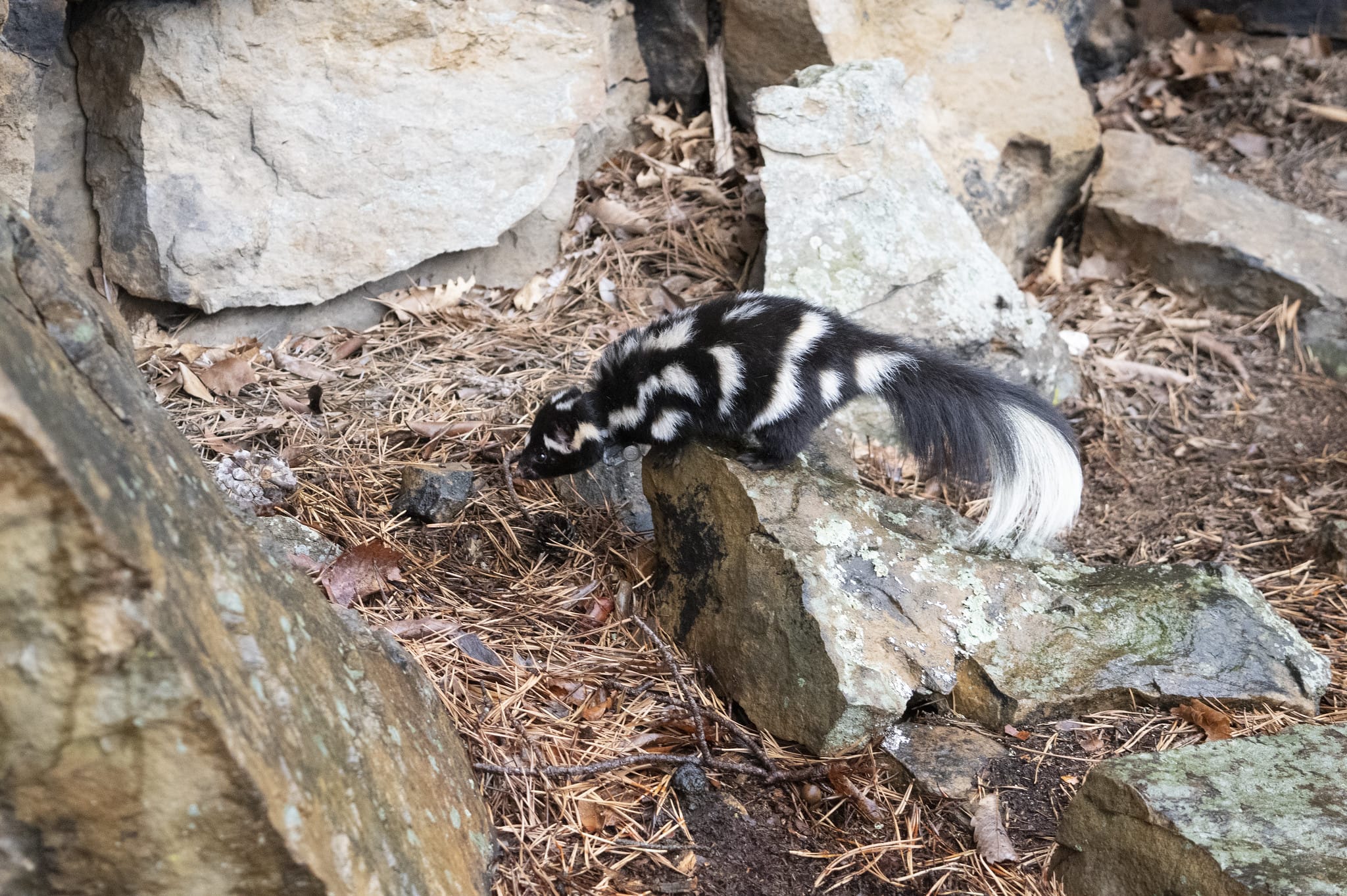

Uh oh...
It appears that you're using a severely outdated version of Safari on Windows. Many features won't work correctly, and functionality can't be guaranteed. Please try viewing this website in Edge, Mozilla, Chrome, or another modern browser. Sorry for any inconvenience this may have caused!
Read More about this safari issue.

Twenty years ago, as newlyweds, my husband and I embarked on our first camping trip together. It was late September, the first cool weekend since June, and we had chosen Blanchard Springs Recreation Area as our destination. When we arrived at the campground, it was nearly a ghost town. We were setting up our tent and the only other camper, a single man, placed a sleeping bag in the driveway of a camping site and lay down.
That was just the beginning of the strange things that happened that night. From odd noises in the woods to a plague of daddy long legs and a large group of partiers that arrived long after dark–it wasn’t exactly fun. In fact, it was pretty stressful. We were eager to call it a night so we could pack up in the morning and head back home. So, it’s no wonder that my husband reacted in the complete opposite manner of what I had intended when I shook him and whispered, “whatever you do, DON’T move!” at 4:00 in the morning after spotting a family of skunks right beside our tent.

Everyone loves the smell of roses and hates the smell of skunks, right? Well, the science of smell is an interesting topic and the answer isn’t so cut and dry. According to the Dana Foundation, our perception of odors is influenced by several factors (some genetic, some environmental) and we do not all experience smells the same way.
Some people, myself included, actually like the smell of skunks. We’ve all been driving down the highway and smelled the telltale scent of skunk brought to an early demise by a vehicle. The pungent odor is one of the skunk’s defense mechanisms, and although it does little to protect them against moving vehicles, the threat of a skunk sends most people running. In addition to their odor, skunks can cause property damage by digging in yards and burrowing under homes.
Arkansas is home to two species of skunks — striped skunks and spotted skunks. The former is quite common, while the latter is rare and elusive.

Striped Skunks
Striped skunks are found statewide and most recognize their signature pattern of black fur with a white stripe down their back and tail. Their colorings can vary to almost all black or even nearly all white.
In Arkansas, the striped skunk population is prolific. These nocturnal animals are opportunistic feeders and will even feed on pet food and birdseed. Striped skunks will breed once a year, giving birth to a litter of about six. The Arkansas Game and Fish Commission has listed striped skunks as nuisance animals, and those causing property damage may be taken during daylight hours or trapped year-round.

Spotted Skunks
Spotted skunks are rare but have been “spotted” in Arkansas. They are believed to exist statewide but are more prevalent in areas of higher elevation, probably due to their preference of using rock crevices as den sites.
One of the most interesting features of spotted skunks, beyond their pattern, is that they will do a series of handstands before they spray. The trait has been featured in videos like this one, and while comical, it is a clear warning to back up!
Blake Sasse, with the Arkansas Game and Fish Commission, ran a citizen science program for several years to collect information on the spotted skunks. The species has always been somewhat rare, but its numbers in other areas like Kansas and Iowa are dropping. With the hope of capturing photographic evidence to see how widespread the spotted skunks are in Arkansas, volunteer participants were given instructions on how to set up sardine bait stations and game cameras. Unfortunately, after several years with no hard evidence, the citizen portion of the program was suspended.
Sasse believes the skunk is still around and welcomes anyone who has photographic evidence of the species to share it with the commission. The spotted skunk is currently listed as endangered and is not included in the commission’s nuisance species group.

What should I do if I (or a pet) get sprayed?
Skunks can spray up to 12 feet with a fair amount of accuracy, so your best bet is to avoid getting sprayed at all. If you see a skunk, back away slowly and talk softly to it. Because skunks have poor eyesight, they are more likely to spray out of fear and confusion. Fortunately, most skunks will give several warning signs such as stomping, hissing and shaking their tail before they release their pungent spray. If you do get sprayed, take these steps to control and remove the oils (and smell) resulting from the spray.
- Do take care of medical needs first. Flush eyes with water if they were sprayed and treat any scratches with soap and water followed by an anti-bacterial cream. If you (or a pet) were bitten – seek medical care immediately.
- Do stay outside. Skunk odor can permeate areas quickly, and you should avoid getting the smell in your home or car. Treat a spray victim outside whenever feasible.
- Do take several baths. Tomato juice is often mentioned as a cure for skunk odor, but it’s really not very effective. Bathing and scrubbing with a solution of 1-quart hydrogen peroxide, 1/4 C. baking soda and 1 tsp. dish soap or a commercial skunk odor remover is your best option. Follow this with a bath using lots of soap and water.
- Do be patient. Skunk odor can linger, and you may notice it for several days.
When I alerted my husband not to move that fateful fall morning, he did precisely the opposite. Half asleep, he bumbled about in full ninja mode, yelling and flailing his arms. Fortunately for us, the skunks ran away instead of sticking around to spray us. We got lucky that day and I can’t imagine what it would have been like to ride all the way home from Blanchard Springs covered in skunk spray! A few years later, when we accidentally discovered a skunk burrow in our hayfield, we weren’t so lucky.
Have you ever had a close encounter with a skunk? We’d love to hear about it.
Join the Conversation
Leave a Comment
2 responses to “Skunks – Arkansas’s Stinkiest Residents”
 Leave a Reply
Leave a Reply
We do the work.
You check your email.
Sign up for our weekly e-news.
Get stories sent straight to your inbox!












 Leave a Reply
Leave a Reply
[…] Other commonly spotted animals along Arkansas trails include lizards and salamanders, armadillos, squirrels, possums, and skunks. […]
1 week apart. our Service Dogs got sprayed, very loosely used word. They ran around after the “black and white cat” as they tend to chase after the barn cats. Our youngest got it first. She lost her collar as she was faster than the skunk and it got her collar and shoulder, while she grabbed it like she did the cats (no one was bitten or hurt, just bad scares all around) The older dog saw the “cat” a week later, today infact, scared the skunk, but it peed on her, didn’t spray. Still stinks, but easier to clean off and can breath at least. No bedroom for her tonight though. Our oldest dog (we have 3 dogs) just looks at it and then trots off to mark bushes and trees, he doesn’t care as long as it doesn’t come chasing after him.